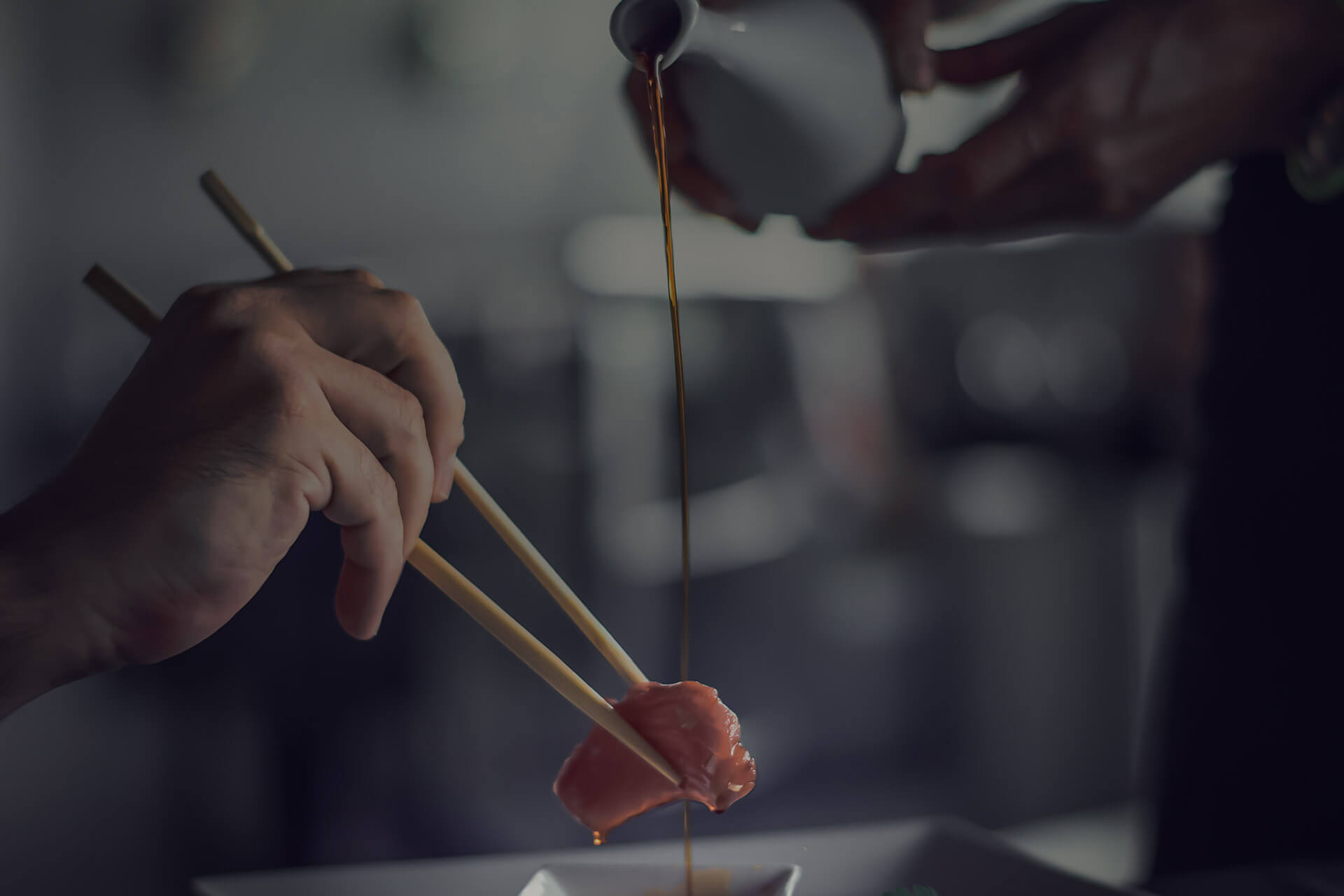
FEW WORDS ABOUT SUSHI
Sushi is the first name that strikes us when Japanese cuisine is mentioned.
History of Sushi
Sushi is an ancient food dish from the Tang dynasty. It has always consisted of fermented fish and rice, and the word sushi means something that tastes sour. Contrary to popular opinion, Sushi does not mean ‘raw fish.’ It means ‘vinegar rice.’ Sushi has evolved into an artful, unique dining experience. In its earliest form, dried fish was placed between two pieces of vinegared rice as a way of preserving it. The nori (seaweed) was added later as a way to keep one’s fingers from getting sticky.
The Japanese word su means vinegar, and shi is from meshi, the Japanese word for rice, hence sushi is vinegared rice, Now, the term is used to describe a finger-size piece of raw fish or shellfish on a bed of rice or simply the consumption of raw fish in the Japanese style. This can be eaten as is, or is often dipped into shoyu (Japanese soy sauce) and then eaten. Great care should be taken in making the dish and the many methods of preparing the food indicate the importance of appearance to the educated consumer. Sushi is a work of art as much as a food, and while it is now available in a western ‘quick and easy’ serving style, the traditional ways are far from that.
Types of Sushi
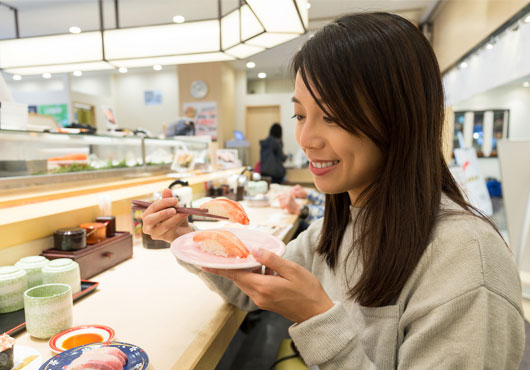
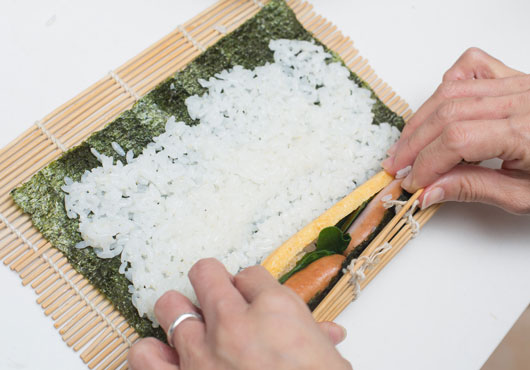
Sushi that we see today is easily and quickly prepared as it does not need fermentation, and its popularity increased many a thousand-fold with roadside vendors and small restaurants serving different variations of Sushi today.
There is vegetarian Sushi and also Sushi made with fish and meat, either raw or cooked. There are three main types of Sushi. They are Maki Sushi, Nigiri Sushi, and Oshi-Sushi.
For Nigiri Sushi, a slice of raw or cooked fish or shellfish is pressed onto a mound of vinegared rice, with a little wasabi in between. In some cases, nigiri sushi uses a small strip of toasted seaweed called nori to bind the whole mixture together. Nigiri sushi is commonly called two-kinds-sushi because it involves two ingredients: sushi rice and a single topping. The topping is also known as neta, and usually takes the form of a type of seafood such as tuna, eel, haddock, shad, snapper, octopus, or shrimp. Depending on the type of fish, it may be served raw in thin slices, grilled, or batter fried.
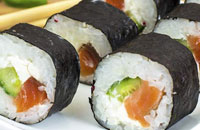
Makizushi

Chirashizushi
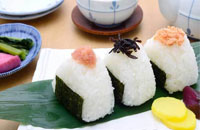
Onigiri
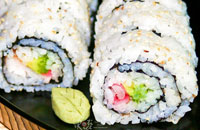
Uramakizushi

Sashimi
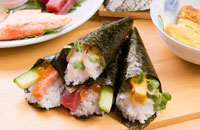
Temakizushi
